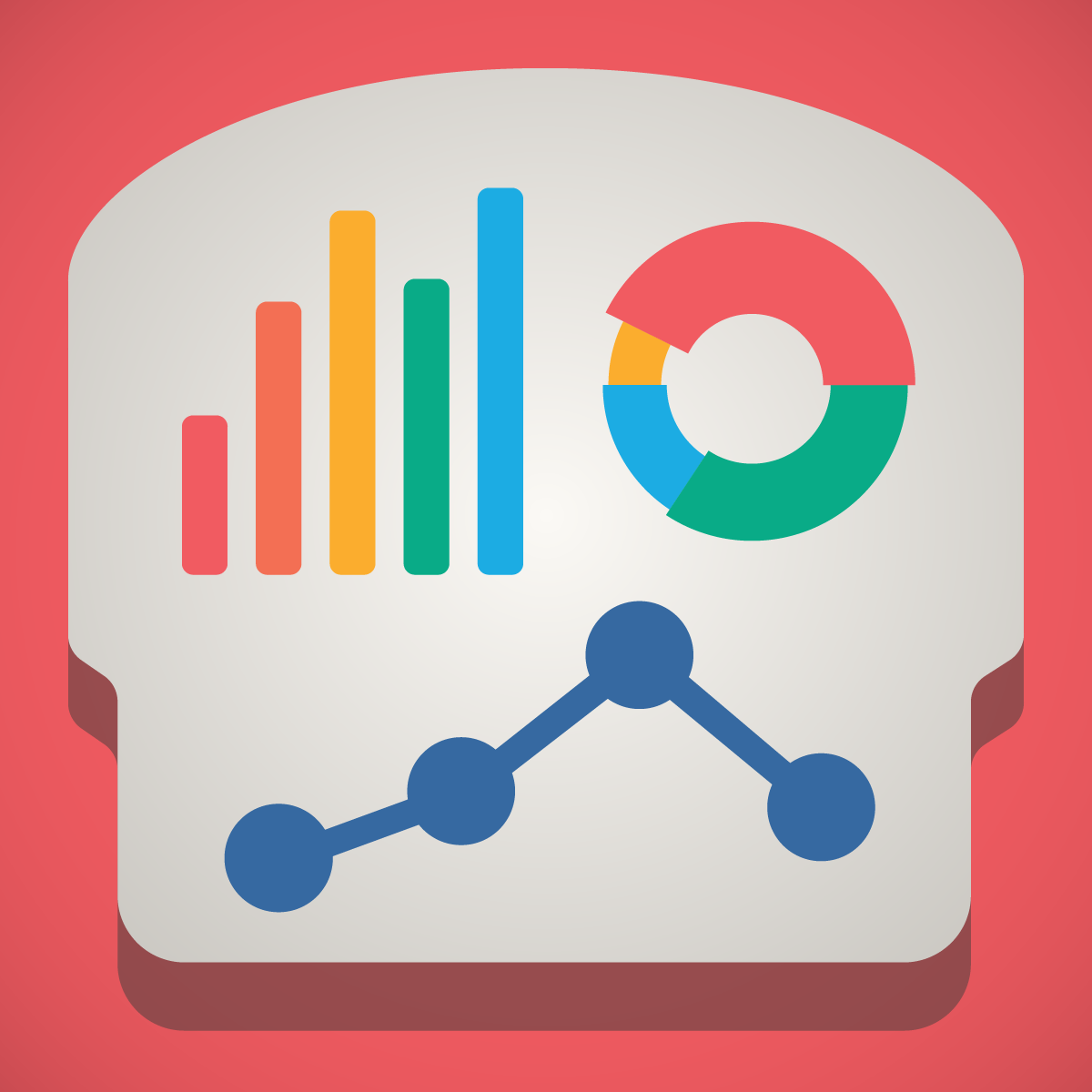
Glew
Robust Analytics and Business Intelligence Platform Tracking Every Data Point You Need
Customers
Founded
Company Size
App Installs
App Reviews
Average Rating
What is {listing}?
Glew is a highly flexible and scalable business intelligence and analytics platform that seeks to be your one source of truth on all of your data across platforms, channels, advertising, inventory, shipping, subscription, etc.
With over 100 integrations and still growing quickly, it's very easy to see profit, revenue, or Lifetime Value by channel, by segment, or really any other way you may want to slice and dice it. You have a nearly unlimited amount of dashboards and reports that you can make to get at any data that you have properly connected to Glew.
At the Plus level and higher, their team helps map all of your data points to ensure data is coming in correctly, and you can create your own manual queries and custom coding.
What makes {listing} different than competitors?
They have a cost manager feature which can more easily help you manage your cost of goods sold (COGS) for all products. This is very important because you want to be properly reporting on your margins and profit within Glew.
Glew has robust inventory reporting and analytics, enough so that in certain cases, you may be able to do away with any tool you may be using that predicts out of stock and re-order times. Now, they don't create purchase orders, so there is a limitation, but they can track purchase orders and help you understand when products are going out of stock, and when you should be sending those invoices. If you have an overly complex supply chain, you may not be able to do this with just Glew, but they can replace quite a bit.
What metrics is {listing} going to improve for my eCommerce store?
Analytics tools help you find all sorts of insights in your data, so all metrics can be influenced, with the 3 main ones being: Profit, Lifetime Value, and Revenue. With profit really being the one that Glew helps with the most.
There are many others such as increasing retention, loyalty point usage, reviews, merchandising, success from channels or SMS or email, etc.
Who has to manage {listing} and how long does it take to setup?
Setup depends on the number of integrations and custom integration/mapping work you need to get up and running.
Also, the larger your historical data, the longer it will take to bring it all in via API and get it organized.
Is {listing} right for my store?
Glew, and all business intelligence tools really, are more valuable as your store grows and as you have more data to analyze. Getting detailed analytics on 10 orders will not give you a lot of insights, but if you're getting 10,000 orders a month, there are clearly some nuggets hidden within the data - things like finding out your highest lifetime value channels, or which products lead to longer retention, or which Google shopping campaigns are more likely to lead to subscriptions.
Typically you want to be doing at least $1mm in revenue to start really investing in your analytics tool, that said, some brands that are smaller and either high-growth, or have a lot of historical data, could invest early and start to see strong insights and take action on them. I think this is especially true for subscription brands that want to understand retention by cohort and other subscription/loyalty, subscription/referral, or other interesting insights on their customers.
You should not use Glew if you have no customers, just started your store, or if you don't have product-market fit. While there are some insights that can help you find product-market fit, it's likely also doable by hand at the early stages and, in my opinion, that keeps you more engaged with the customers and the business, as opposed to having thousands of customers and really needing a tool to automatically slice and dice for you.
Also, the more SKUs you have, and the more orders you have, the more value you will see out of Glew. One SKU pass-through businesses with something like a 4 step sales funnel and no loyalty program probably don't need a solution like this.
Sustainability status
Integrations
Features
- Plug And Play Data Connections
- Automated Elt Preparations
- Data Storage And Maintenance
- Dashboard
- Kpi Insights
- Customer Analytics
- Advanced Customer Segmentation
- Reporting
{listing} Pricing
$249/Month (12 Month Subscription)
• $1Million - $5Million In Annual Revenue
• Plug And Play Data Connections
• Automated ELT Preparations
• Data Storage And Maintenance
• Dashboard
• KPI Insights
• Customer Analytics
• Advanced Customer Segmentation
• Reporting
• Unlimited Users
• Unlimited Historical Data
• Onboarding Services
• Ongoing Training
• Chat Support
• Email Support
$499/Month (12 Month Subscription)
- $5million - $10million in Annual Revenue
- Everything in Previous Plan
$649/Month (12 Month Subscription)
• $10Million - $15Million In Annual Revenue
• Everything In Previous Plan
We do our best to keep pricing information up to date, but please do check the software partner's own website for the most up to date pricing information.
{listing} Alternatives

Unlock the true profitability of your eCommerce business with a comprehensive analytics platform that delivers real-time insights to optimize your bottom line.

A powerful tool for businesses looking to harness the potential of data analytics, and enhance overall website performance.

Activates the power of data collected within your Shopify store to increase repeat revenue through pre-built segmentation.

A marketing analytics platform designed to help businesses optimize their marketing efforts and understand customer behavior across various channels.

Create advanced custom reports, using real-time data, that you can automate, export, and share.











